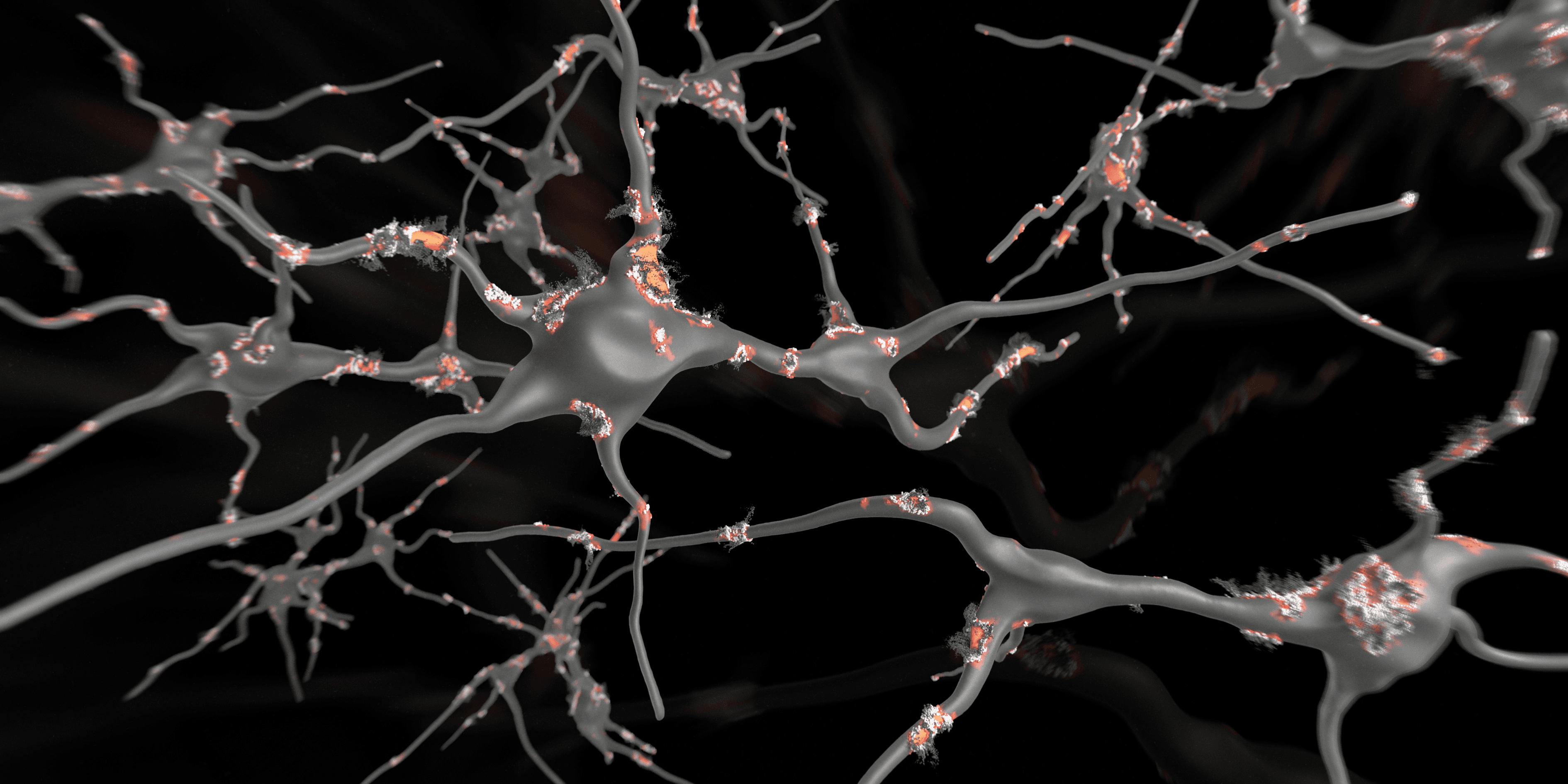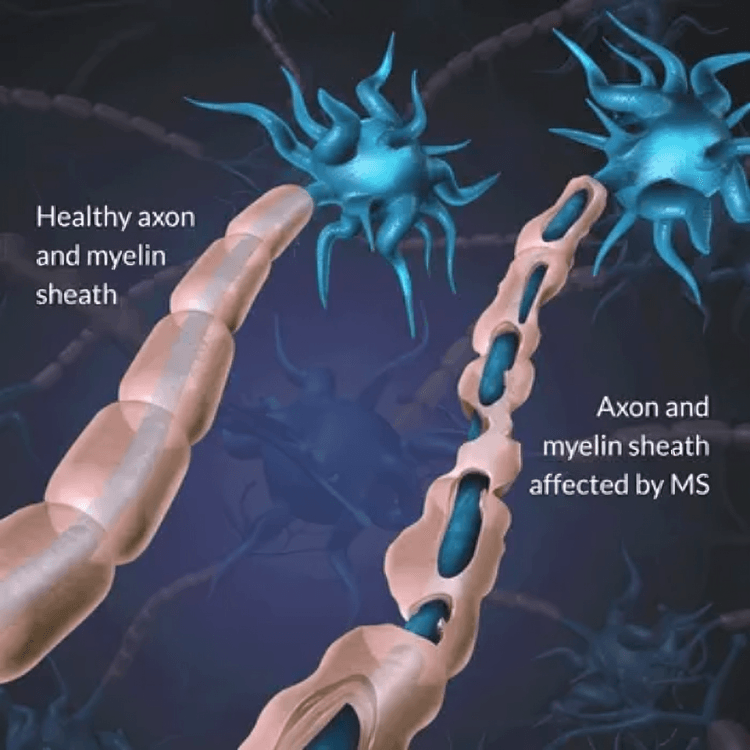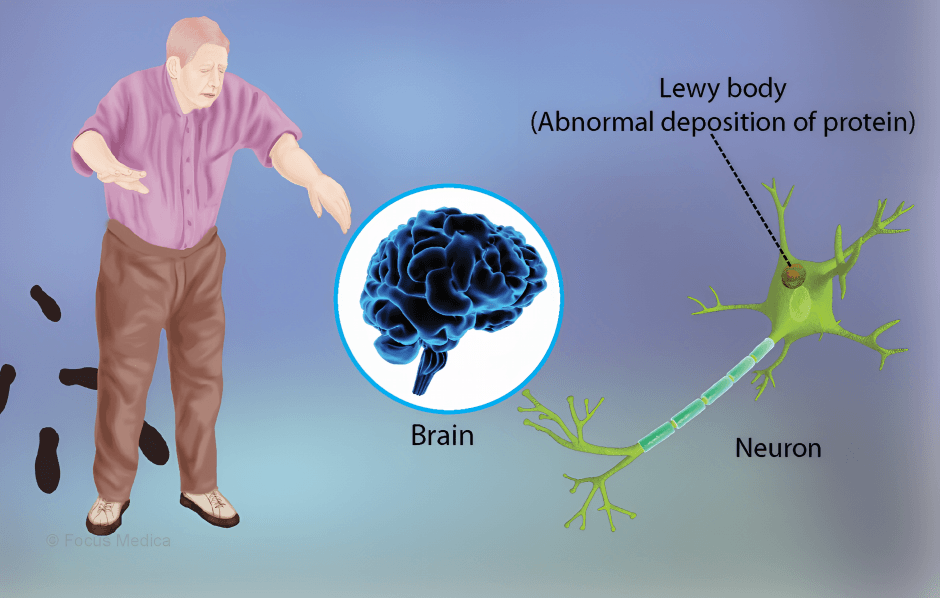
“
Disorders Affecting Neurons (e.g., ALS) interfere with the nervous system’s ability to send and receive critical messages throughout the body. These disorders damage the structure or function of neurons—whether motor, sensory, or interneurons—leading to serious health consequences like paralysis, cognitive decline, or even death. 1
1
”
ALS is caused by the gradual degeneration of motor neurons in the brain and spinal cord, making voluntary movements like walking, speaking, or swallowing increasingly difficult over time. 1
Neurons affected in ALS primarily include upper motor neurons in the brain and lower motor neurons in the spinal cord, both essential for smooth muscle control and reflex actions. 2

In multiple sclerosis (MS), the immune system mistakenly attacks myelin—the protective sheath of neurons—disrupting electrical signals between the brain and the rest of the body.
Huntington’s disease involves the death of neurons in the basal ganglia, a brain region essential for movement control, and gradually causes uncontrolled motions, mood swings, and cognitive decline. 3
In Parkinson’s disease, the neurons producing dopamine in the substantia nigra die, leading to muscle rigidity, tremors, and slowed movement, impairing quality of life. 4
Alzheimer’s disease affects neurons in the cerebral cortex and hippocampus, resulting in memory loss, confusion, and difficulty reasoning due to accumulated amyloid plaques and tau tangles. 5
Guillain-Barré Syndrome is a rare disorder where the body’s immune system damages peripheral nerves, causing temporary paralysis and requiring prompt medical treatment. 6
Neuron damage in spinal muscular atrophy (SMA) is caused by a deficiency of the SMN protein, critical for motor neuron survival, often leading to weakness and poor motor development in children. 7

Peripheral neuropathy results from damaged peripheral neurons and can be caused by diabetes, infections, or toxins, leading to numbness, tingling, and weakness in limbs.
Cerebral palsy, often linked to brain damage before or during birth, affects motor neurons responsible for posture, balance, and voluntary movement, with symptoms varying widely in severity. 8
Some forms of ALS are linked to mutations in the SOD1 gene, which encodes an enzyme that protects cells from damage by free radicals, hinting at the role of oxidative stress in neuron death. 9
Prion diseases like Creutzfeldt-Jakob Disease damage neurons by misfolded proteins that induce others to misfold too, spreading throughout the brain and causing rapid neurodegeneration. 10
Neuromyelitis optica affects neurons in the spinal cord and optic nerves, often leading to blindness and paralysis, and is frequently mistaken for multiple sclerosis in early stages. 11
Charcot-Marie-Tooth disease involves progressive loss of peripheral neuron function, especially affecting the feet, legs, hands, and arms, and is usually inherited. 12
Neuronal ceroid lipofuscinoses are a group of genetic disorders that cause neuron loss in children, often leading to seizures, vision loss, and early death due to waste buildup inside brain cells. 13

Lewy body dementia results from abnormal protein deposits in brain neurons, causing memory loss, hallucinations, and Parkinson-like symptoms due to impaired signal processing.
Toxic exposure to substances like lead or mercury can disrupt neuron function, leading to long-term neurological symptoms such as tremors, headaches, and cognitive decline. 14
ALS affects approximately 2 out of every 100,000 people annually and usually begins with muscle twitching, weakness in limbs, or slurred speech before rapidly progressing. 15
Researchers are investigating stem cell therapy and gene editing as possible future treatments to repair or replace damaged neurons in conditions like ALS and spinal muscular atrophy. 16
French neurologist Jean-Martin Charcot was the first to clinically describe ALS in the 19th century, shaping the understanding of motor neuron diseases and inspiring generations of neuroscientists. 17


